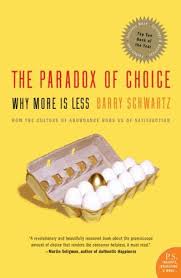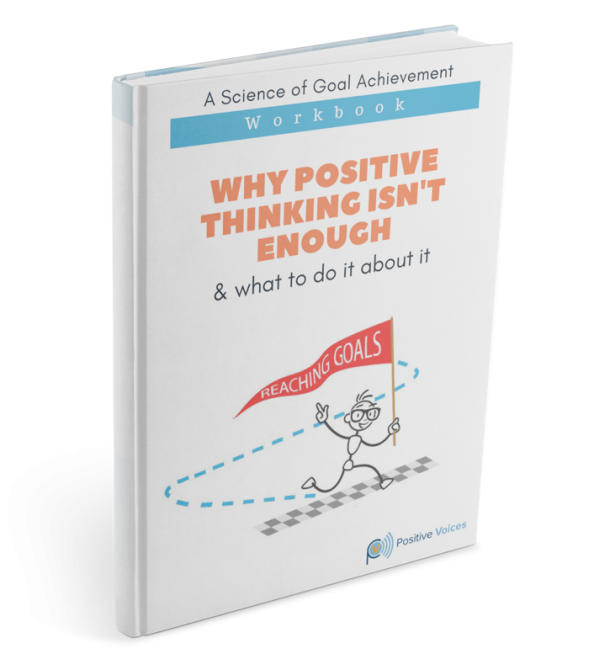Rational-choice theory attempts to explain human choice by assuming we are rational choosers, have well ordered preferences, and have information on costs and benefits. It also assumes we compare options on the basis of preference, value or utility. Additionally, the theory says that rational choosers should always be able to express their preferences. A rational decision maker, therefore, will look at all the options, choose the one that brings the most utility, and understand why the choice was made. But in economic theory, there hasn’t been enough study understanding from where our preferences come. Preferences are complicated because it includes human biases as well as culture.

Barry Schwarz explores this shortcoming as well as gives us evidence-based advice on how we can make wiser decisions in his book The Paradox of Choice: Why More Is Less. He lays out a compelling case for becoming a Satisfier (one who makes a decision when their criteria is met) over a Maximizers (one who must make the best choice). With the overload of options we have in modern times, we can end up more spending an enormous amount of time researching options and making the subsequent choices. Schwartz makes a compelling argument on why Satisficers tend to be happier than Maximizers. Maximizers must spend loads of time and energy to reach a decision, and in the end, they are often anxious about those choices and much more likely to ruminate. As a Satisfier, you can still have high standards, but you make the choice when your criteria is met.

Most of us in business have heard the advice by Schwarz and many that we should ignore sunk costs, which are historical and no longer have any bearing on the go-forward situation. In the case of opportunity costs, alternatives are still relevant, but Schwarz advises they should be considered because it’s very difficult to adequately weigh whether our front-running choice is indeed good without knowing the alternatives. He cautions we should limit the set of possibilities considered among opportunity costs to reduce negative psychological impact. Examples of other advisable strategies from The Paradox of Choice: Why More Is Less include 1) choosing when to choose (narrow down choices by constraining when we choose, 2) deciding not to choose at all (when the decision is not important), 3) increasing the frequency of making a choice when you find an option that is good enough (“satisficing”), and 4) having second-order decisions (preset choices in certain situations).
I really enjoyed The Paradox of Choice: Why More Is Less. So, if you are looking for your next read, you may wan to consider it. It’s already saving me some valuable time. And be sure check out Barry Schwartz’ TED talk here.

